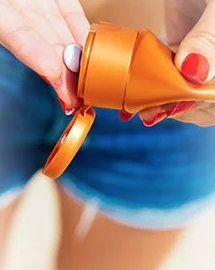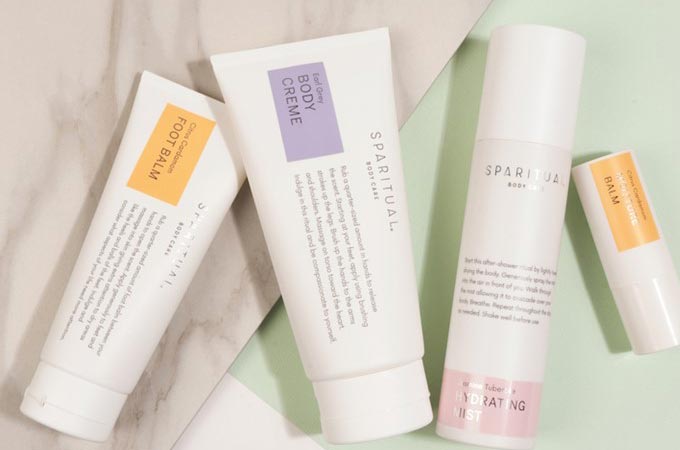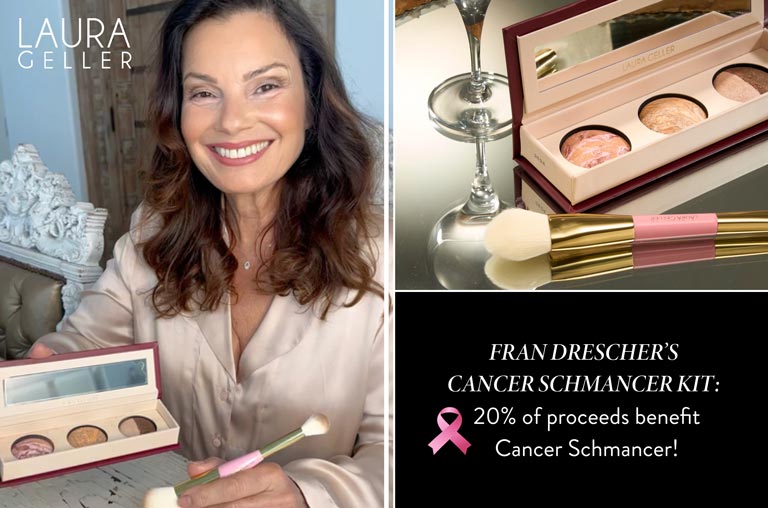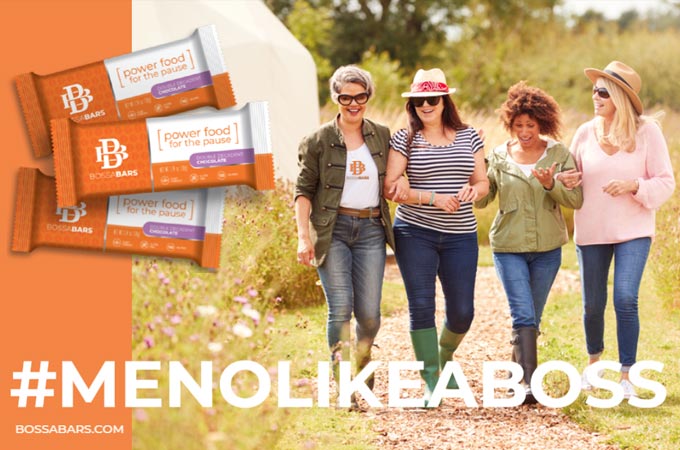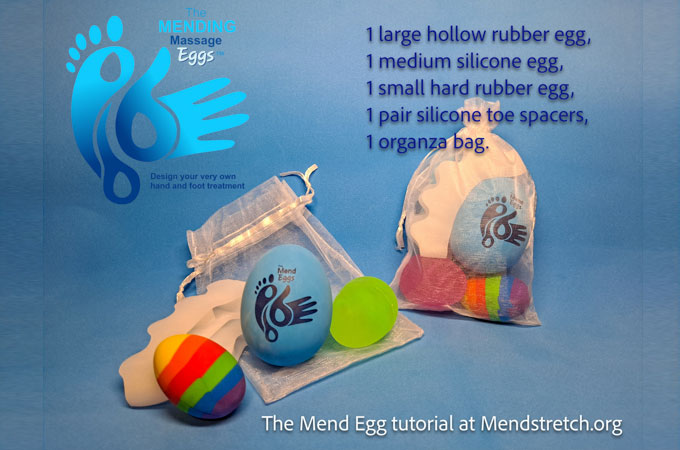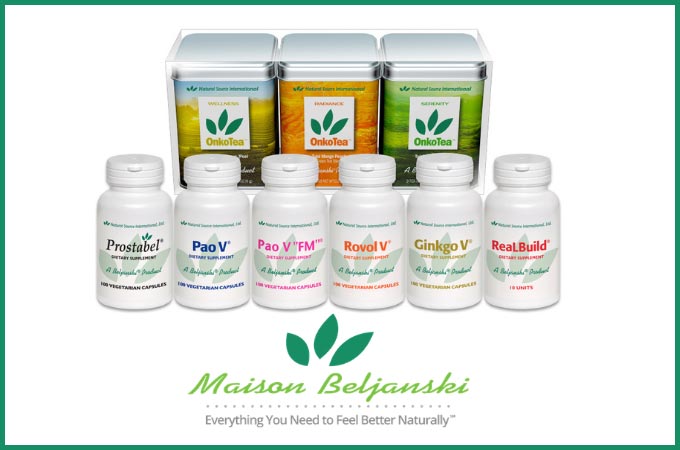What’s Wrong With High SPF?
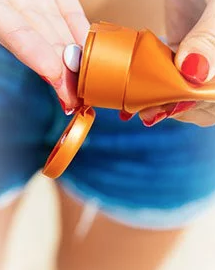 Theoretically, applying sunscreen with a sun protection factor, or SPF, of 100 would allow beachgoers to bare their skin 100 times longer before suffering a sunburn. Someone who would normally redden after 30 minutes in the midday sun could stay out for 50 hours.
Theoretically, applying sunscreen with a sun protection factor, or SPF, of 100 would allow beachgoers to bare their skin 100 times longer before suffering a sunburn. Someone who would normally redden after 30 minutes in the midday sun could stay out for 50 hours.
But for high-SPF sunscreens, theory and reality are two different things. Many studies have found that people are misled by the claims on high-SPF sunscreen bottles. They are more likely to use high-SPF products improperly and as a result may expose themselves to more harmful ultraviolet radiation than people relying on products with lower SPF values.
Why? People trust these products too much.
There are five key strikes against SPF values greater than 50:
1. Marginally better sunburn protection. Sunbathers often assume that they get twice as much protection from SPF 100 sunscreen as from SPF 50. In reality, the extra protection is negligible. Properly applied SPF 50 sunscreen blocks 98 percent of UVB rays; SPF 100 blocks 99 percent. When used correctly, sunscreen with SPF values in the range of 30 to 50 will offer adequate sunburn protection, even for people most sensitive to sunburn.
2. Poorer balance. The chemicals that form a product’s SPF are aimed at blocking ultraviolet B rays, which are the primary cause of sunburn and non-melanoma skin cancers, such as squamous cell carcinoma (von Thaler 2010). Ultraviolet A rays penetrate deeper into the skin and are harder to block with sunscreen ingredients approved by the federal Food and Drug Administration for use in U.S. sunscreens. UVA exposure suppresses the immune system, causes harmful free radicals to form in skin, and is associated with higher risk of developing melanoma.
A sunscreen lotion’s SPF rating has little to do with the product’s ability to shield the skin from UVA rays. As a result of the FDA’s restrictions on ingredients and concentrations, U.S. sunscreens offer far less protection against UVA than UVB rays, and this is worst for those products with the highest SPF values. Because UVA and UVB protection do not harmonize, high-SPF products suppress sunburn much more effectively than other types of sun damage. Five leading sunscreen scientists recently tested 20 U.S. sunscreens for UVA and UVB protection, and found that only two of the seven sunscreens with SPF values of 50+ and greater would pass the European test for UVA protection (Wang 2017). The remaining five didn’t provide enough UVA shielding to be sold in Europe.
3. High-SPF products may not really be high-SPF. When Procter & Gamble tested a competitor’s SPF 100 product at five different labs, the results varied between SPF 37 and SPF 75. The company determined that a very small difference in testing conditions can have a dramatic influence on the calculated SPF. In this case, a 1.7 percent change in light transmission yields a SPF measurement of 37 instead of 100. Small difference in application thickness could have a similar effect. Because of the way SPF values are calculated, these errors would be most dramatic for high-SPF products.
In a letter to the FDA, P&G warned that the intense UV light used in laboratory SPF tests is different than the conditions experienced in the real world, and is of “dubious value.” They concluded that SPF values should be capped at 50+ because the current system is “at best, misleading to consumers” and “may inappropriately influence their purchase decision” (P&G 2011)
4. Consumers misuse high-SPF products. High-SPF products tend to lull users into staying in the sun longer and overexposing themselves to both UVA and UVB rays. Imbued with a false sense of security, people extend their time in the sun well past the point when users of low-SPF products would head indoors. As a result, they get as many UVB-inflicted sunburns as unprotected sunbathers and are likely to absorb more damaging UVA radiation.
Philippe Autier, a scientist formerly with the World Health Organization’s International Agency for Research on Cancer, has conducted numerous studies on sunbathers and believes that high-SPF products spur “profound changes in sun behavior” that may account for the increased melanoma risk found in some studies. In two studies Autier confirmed that European vacationers spent more total time in the sun if they were given an SPF 30 sunscreen instead of an SPF 10 product (Autier 1999, 2000). We presume the difference would also apply to products with SPF values greater than 50.
5. High-SPF products may have greater risks to health. High-SPF products require higher concentrations of sun-filtering chemicals than low-SPF sunscreens. Some of these ingredients may pose health risks when they penetrate the skin, for which they have been linked to tissue damage and potential hormone disruption. Some may trigger allergic skin reactions. If studies showed that high-SPF products were better at reducing skin damage and skin cancer risk, that extra chemical exposure might be justified. But they don’t, so choosing sunscreens with lower concentrations of active ingredients – SPF 30 instead of SPF 70, for example – is prudent.
Numerous studies show that sunscreen users apply far less sunscreen than used in the FDA-mandated SPF test. When someone applies only 25 percent of the expected amount of SPF 30, the sunburn protection on the skin is actually only 2.3. Someone who applies SPF 100 sparingly can wind up with a functional SPF as low as 3.2. In the real world, these products are less effective than T-shirts, which generally have an SPF of 5.
The FDA has long contended that SPF higher than 50 is “inherently misleading” (FDA 2007). Australian authorities cap SPF values at 30; European and Japanese regulators at 50 (Osterwalder 2009b), and Canada allows a maximum of “50+”. In 2011, the FDA proposed a regulation to prohibit labels higher than SPF 50+, but the agency has not completed work on this rule and put it into force. EWG believes that FDA must cap values at 50+.
Ten percent of beach and sport sunscreens in EWG’s 2017 database advertise SPF values higher than 50+. That’s virtually no change from the proportion of high-SPF products in last year’s sunscreen database.
Use EWG's Consumer Guides to find the safest SPF for you and your family.

